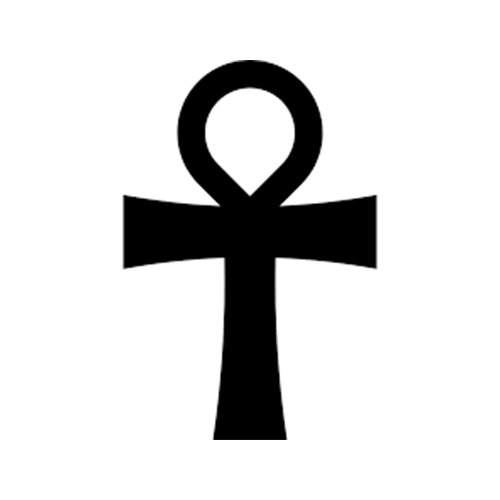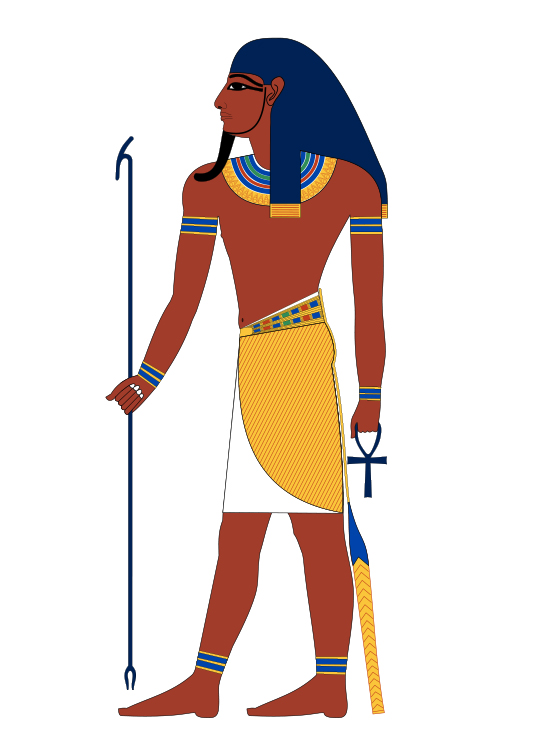About this myth
Egyptian Hermopolis is a Creation myth originating from the Egyptian belief system. The oldest attested artifact in our index that contains this myth was likely created around 2150 BCE. The main deity depicted in this myth is likely Atum. Others include Geb, Horus, Nephthys, Nut, Shu, and Tefnet.
In a nutshell
Myth summary
Before the world began, eight deities called the Ogdoad (sometimes the 'Ennead') were separated into four men and four women. They lived in primedal water and rose out of the water to create what we know as land, the sun, and everything else we inhabit on Earth.
Main deity: Atum
Belief system: Egyptian
Origin: Africa › Northern Africa › Egypt
Belief system
Egyptian Religion
Polytheistic
The religion of ancient Egypt represents a cultural identity that lasted from ca. 3500 BCE to 300 CE, and included hundreds of myths, deities, and customs.
arrow_forward More info Atum
Main deity
Atum is one of the oldest Egyptian deities in the world and was worshiped heavily in Heliopolis. He gave birth to the other primary Egyptian deities (the Ennead).
arrow_forward More info Artifact
John Huehnergard
747
The artifact named Utterances 571-574 has contents related to this mythological story.
Condition: Just OK
Type: Inscription
Material: Limestone
Date: c. 3000 BCE
Translation
More information
Background
The Egyptian Hermopolis creation myth was an early creation story that lost popularity in Egypt shortly after it was written until the fourteenth century BCE. The myth highlights the role of eight important and primary deities as the creators of everything.
Texts related to this myth
See full texts of this myth via related artifacts. Where available, a translation is included.
All texts
Full Translation, Collation (full)
Archaic Egyptian ⟶ English a























